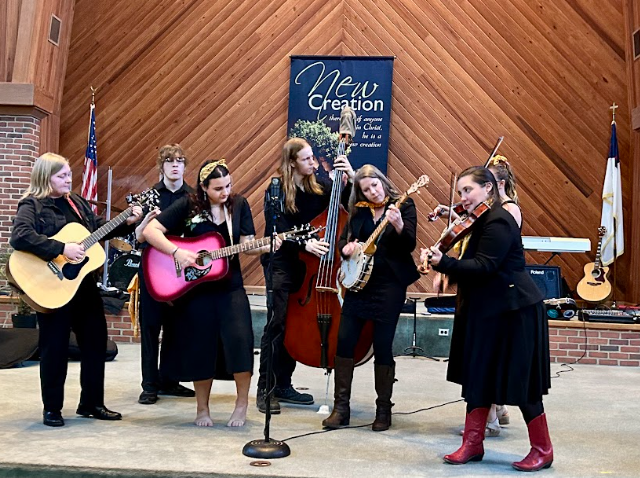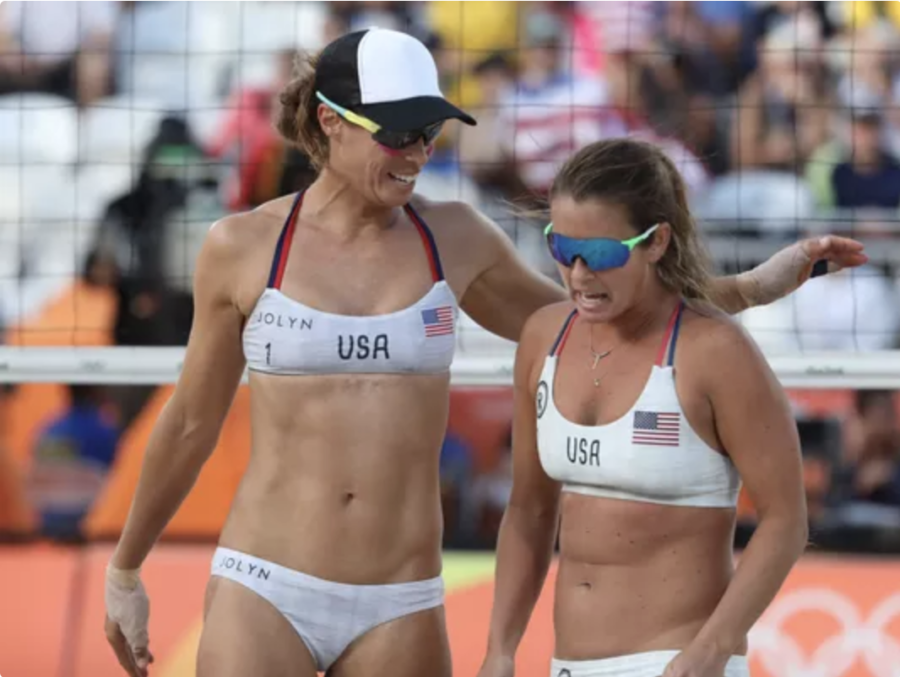Commentary: Sexualization of Women’s Sports Needs to Stop
Beach volleyball is one of the most glaring examples of sexualized uniform discrepancy. (Image used under the Fair Use Provision of the U.S. Copyright Code)
February 19, 2023
In today’s time, a lot of controversies arise when it comes to the topic of women’s clothing.
For instance, on certain occasions rape cases refer to outfits with comments such as “she was asking for it” and “she looks like a whore.”
If this is true, then women’s uniforms should not be stereotyped and controlled the way they are in all industries. With this in mind, women’s sporting uniforms deserve more attention and freedom.
With past experience as a female athlete, I frequently felt discomfort when in uniform at my competition, specifically cross country and volleyball. While participating in both of these sports I was required to wear certain clothing that made me feel awkward and exposed, and no one deserves to feel this way.
When running cross country for the high school and collegiate levels women’s shorts were always, without a doubt more revealing than men’s.
When running, you have two options, tight spandex that exposes every curve–or tiny, loose-fitted, almost-sideless running shorts. Believe it or not, this poses an impact on performance. I, along with many other female athletes face exposure while participating in the sports we love.
While running down the field or swinging a hockey stick, we still subconsciously think to fix our skirts or pull down our shorts after they have already ridden up our butts. Habits such as this cause distractions and decrease performance levels, as well as make women feel targeted by the eyes of their audience.
Additionally, many male coaches out of respect for their team must avoid certain situations when it comes to being with the players.
For example, revealing uniforms are inappropriate for stretching and doing certain activities. This should under no circumstance prevent coaches from working with their players individually or in groups; however, more often than not a certain discomfort is in the air between the players and the coach due to the slips of clothing and unpreventable ride-ups.
Situations such as these can be prevented with the option of different uniforms.
I am not saying things need to change for everyone, especially if a woman is comfortable with what she is wearing. However, the topic deserves more attention, and we as women at least deserve the option to wear a uniform in which we do not feel exposed.
The simple solution would be to give women the opportunity to wear the male sports uniform or even develop unisex uniforms. Either of these options provides women the opportunity to enjoy their sporting careers in a way that makes them feel safe.


























